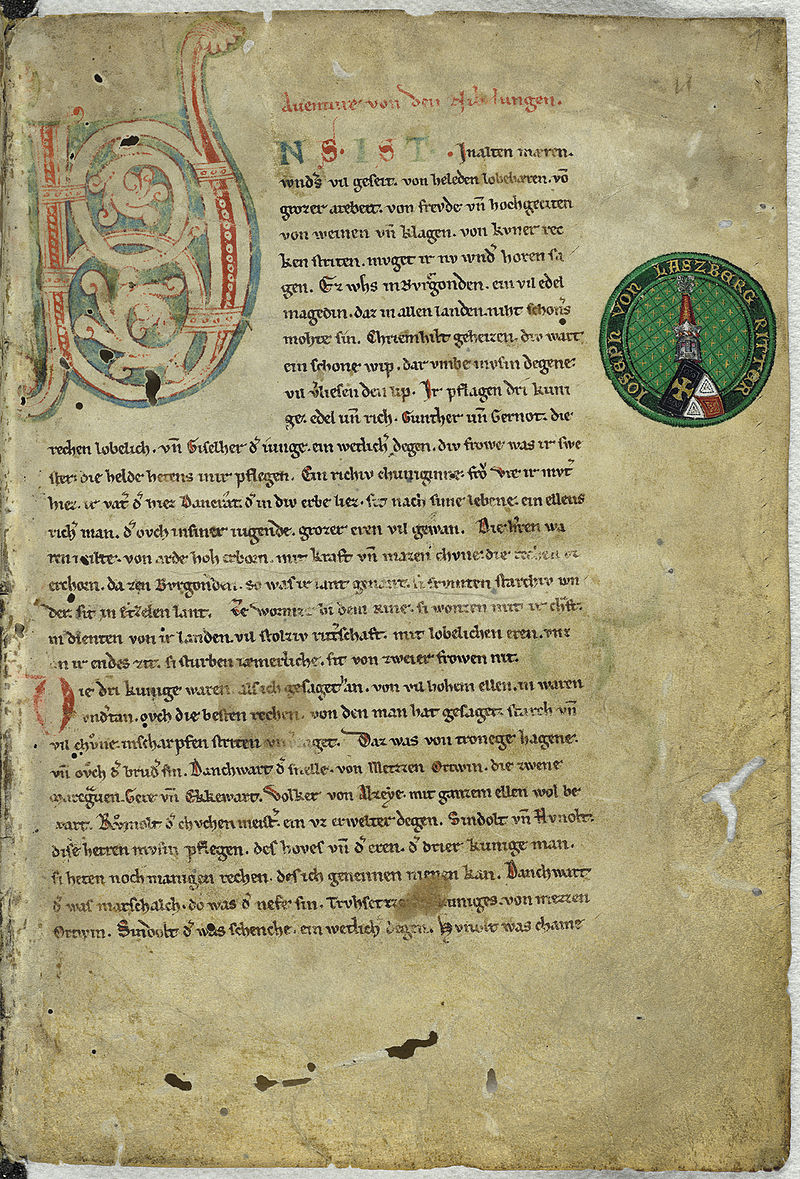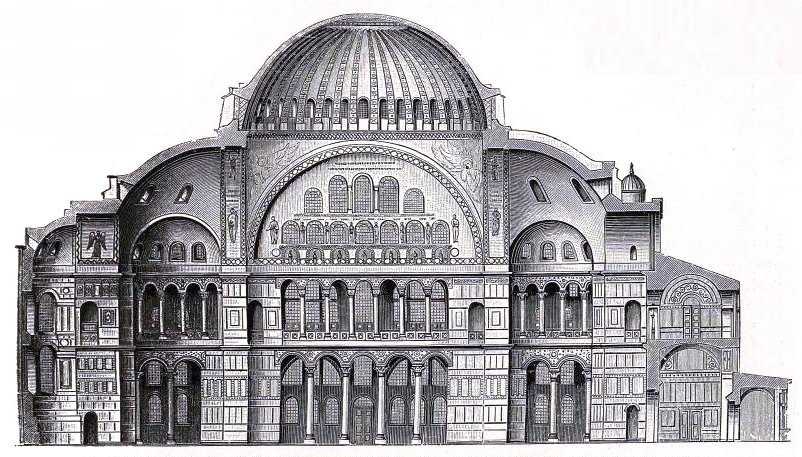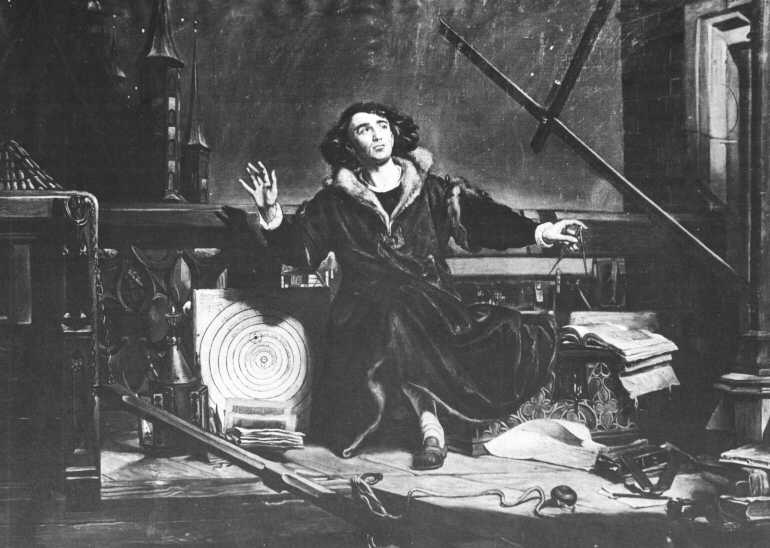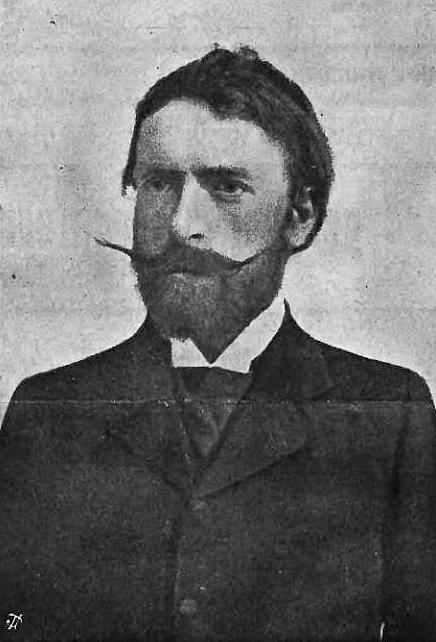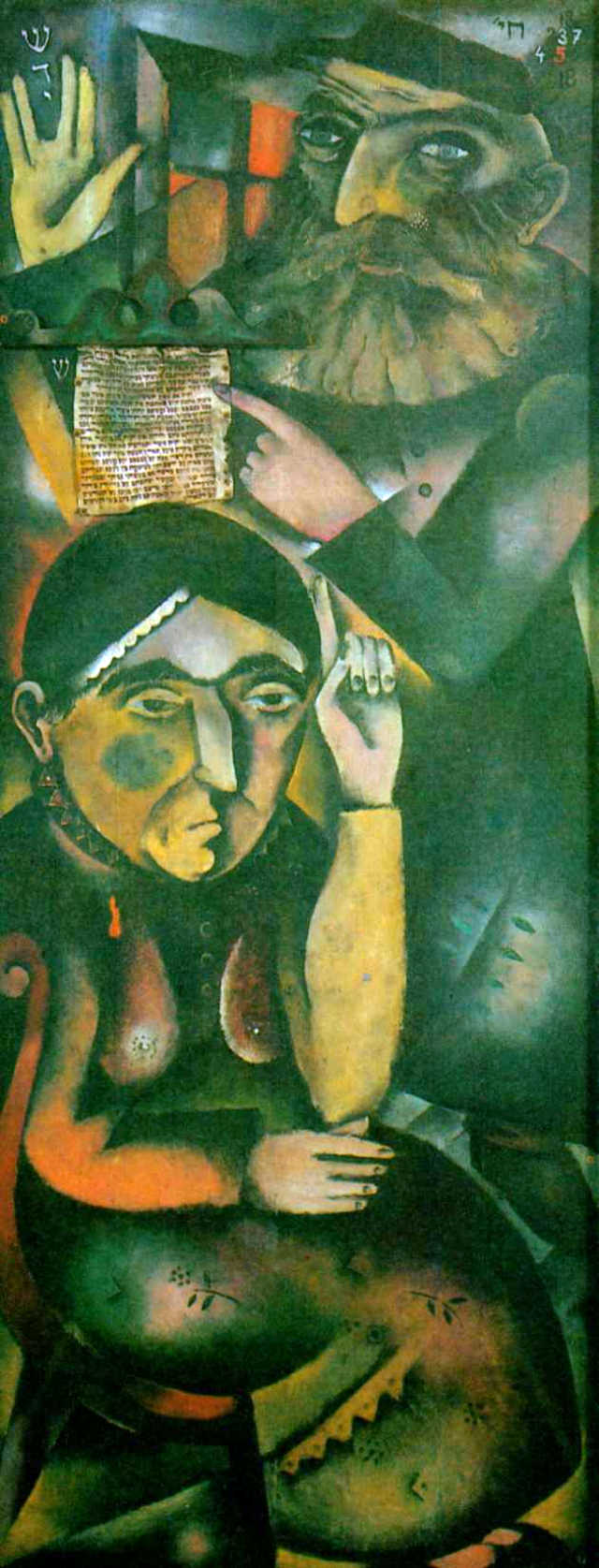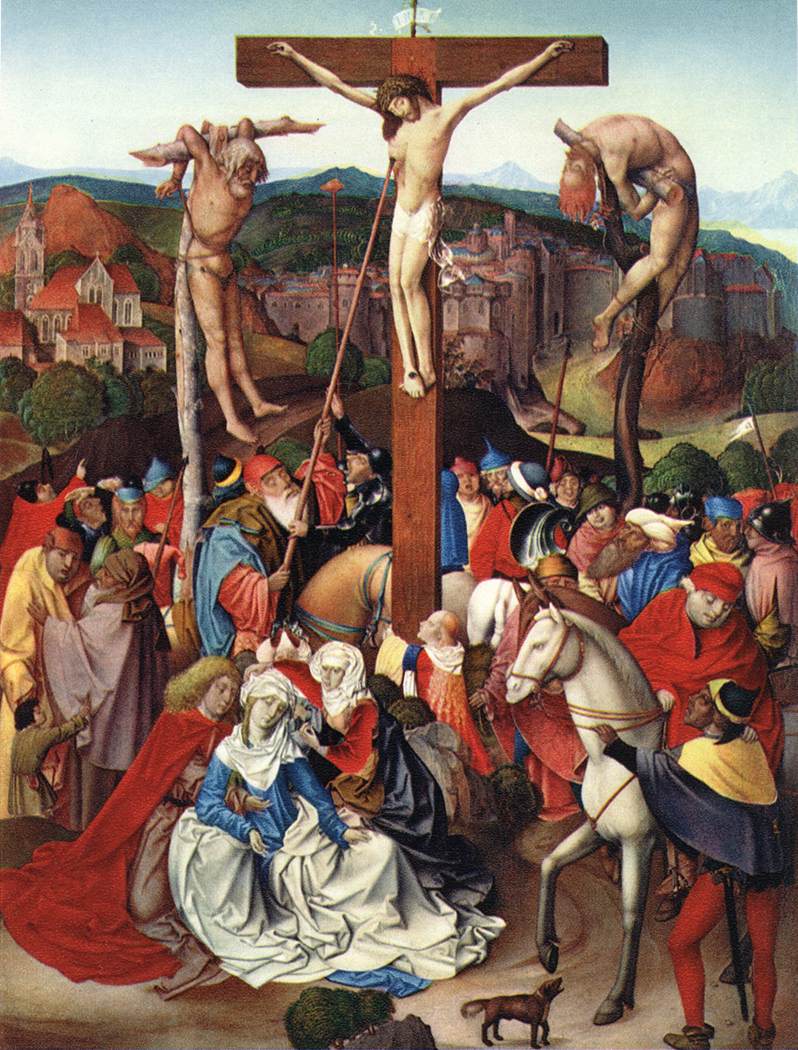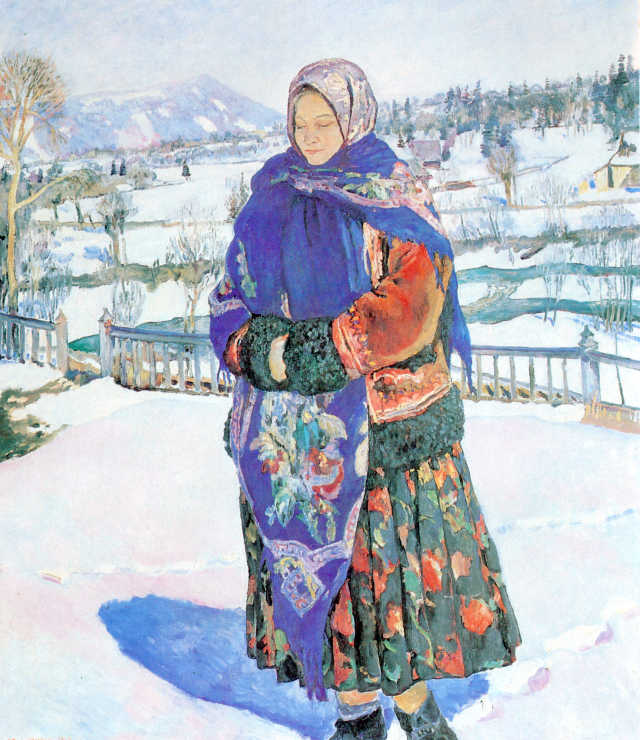Islam and art
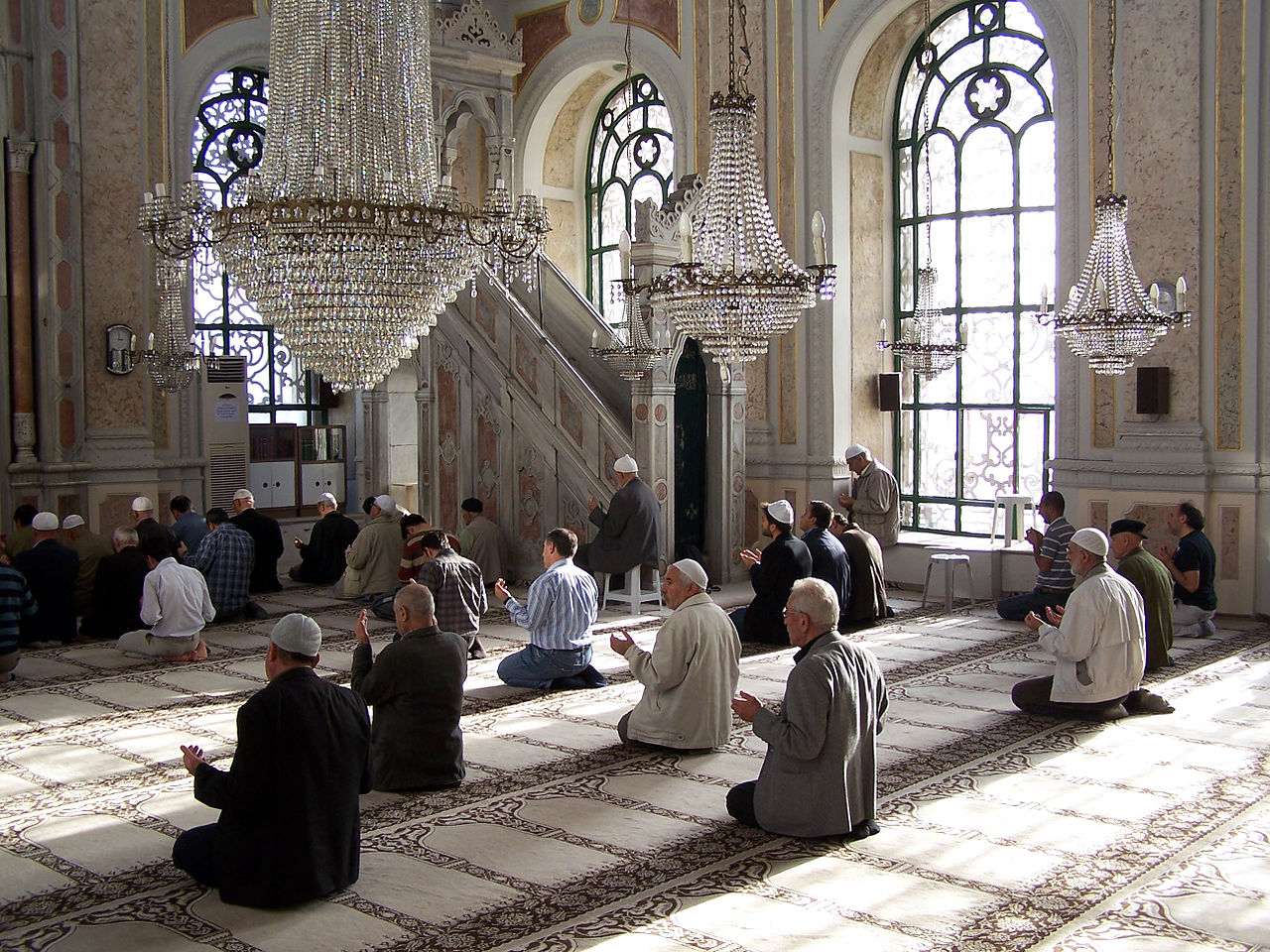 Turkish culture and art are closely related to Islam, adopted by the Turkmen tribes from the beginning of the 10th century. It was then that they gradually began to arrive in Anatolia, trying to reach its western borders. The Muslim doctrine permeated all areas of human life and creativity, the play was based on the revelation of Muhammad recorded in the Quran. Means, that she had succumbed to religion and, at least in the early days of the Turkish state, was purely sacred. All branches of art and knowledge were subordinated to the supreme idea – transform a person's way of life and his psyche in the spirit of the Koran. According to Muslims, knowledge, science and art were sacred, so the oldest place of study has become a mosque, and then a madrasah adjacent to it, that is, the theological school. This influenced the development of sacred architecture. In addition to the place for prayers, the mosque was the place, where one could learn about Allah from numerous inscriptions and contemplate his message in silence and tranquility.
Turkish culture and art are closely related to Islam, adopted by the Turkmen tribes from the beginning of the 10th century. It was then that they gradually began to arrive in Anatolia, trying to reach its western borders. The Muslim doctrine permeated all areas of human life and creativity, the play was based on the revelation of Muhammad recorded in the Quran. Means, that she had succumbed to religion and, at least in the early days of the Turkish state, was purely sacred. All branches of art and knowledge were subordinated to the supreme idea – transform a person's way of life and his psyche in the spirit of the Koran. According to Muslims, knowledge, science and art were sacred, so the oldest place of study has become a mosque, and then a madrasah adjacent to it, that is, the theological school. This influenced the development of sacred architecture. In addition to the place for prayers, the mosque was the place, where one could learn about Allah from numerous inscriptions and contemplate his message in silence and tranquility.
Architecture occupied the most important place among all arts, especially since it focused on other areas as well: mainly sculpture, ornamentation and painting, but also e.g.. carving. The sculpture expressed itself in beautifully modeled portals, chapter and column, in marble mihrabs and mimbers, as well as windows, niches and fountains (sadiran). Apart from construction, this field had no chance of existence, because the Koran condemned self-contained figural sculpture. In turn, ornamentation and painting can be observed in the interior finish – walls covered with frescoes or a beautiful faience tile carpeting and elegantly decorated galleries. Carving included wood carving of mihrabs, mimbers and other moving parts of the temple. Ornaments depicted motifs known from Iran and Arab countries. They were mainly geometric and floral arabesques and Arabic inscriptions. But native patterns were also produced and the prohibitions of the Koran were not always strictly followed. This is evidenced by Seljuk figural sculptures, gathered in museums in Konya and Istanbul (although there weren't many of them). But the Seljuks achieved the mastery in architectural sculpture, applying star themes, medallions, palmet (Narrow palm-shaped leaves arranged in a fan) and intertwining ribbons. In addition, there were Arabic inscriptions inscribed in patterns.
Everyday objects and interior furnishings for secular buildings occupy an important place in Turkish art. Istanbul was famous for the production of precious fabrics and carpets, earthenware and jewelery as well as decorated weapons and luxury items. Most of these things were made for the needs of the court – Of the Sultan Seraglio – Topkapi Sarayi. Calligraphy and miniature painting represented a high standard.
From the 18th century. Turkish art began to adopt patterns from the west, especially the baroque dominating there at that time; a stylized tulip has become a favorite decorative motif, what was the name of this unremarkable epoch. Contemporary Turkish art does not differ from world standards, however, traditional patterns still dominate in sacred architecture.


